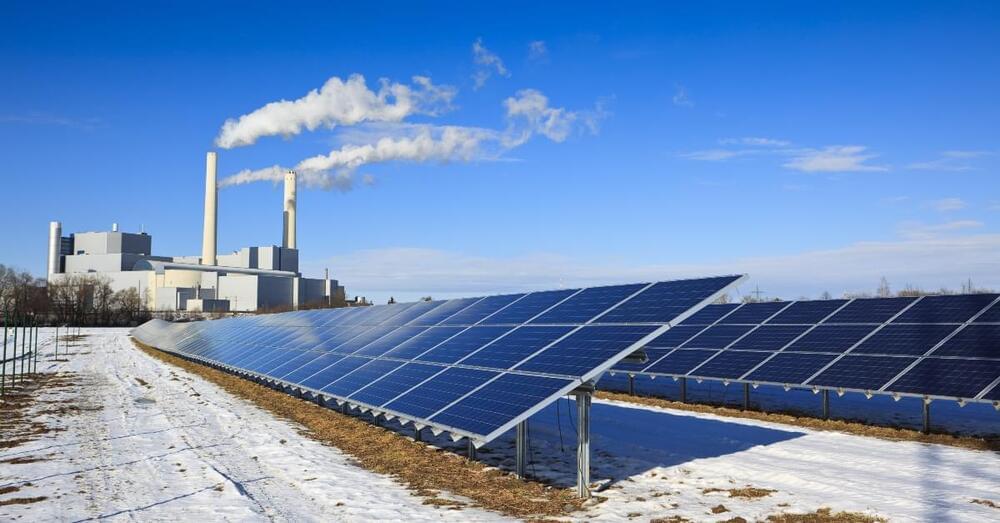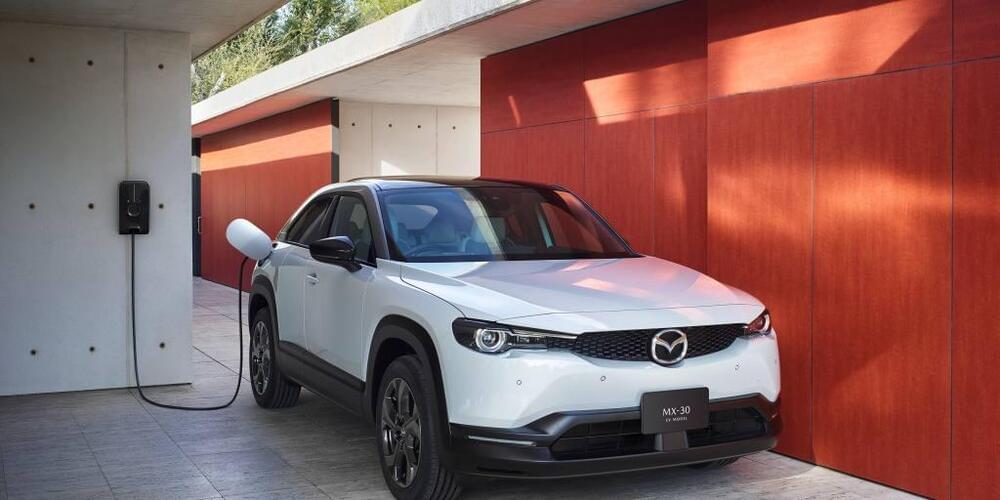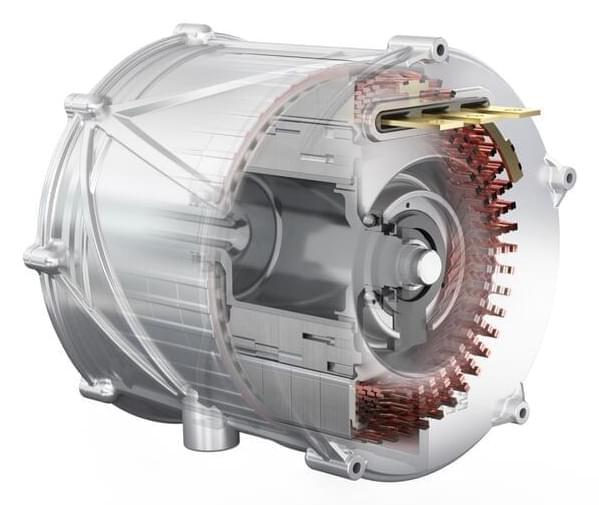The average global price of solar kilowatt-hours fell 13% on 2020’s prices, as around two-thirds of the renewables capacity installed last year was cheaper than the lowest-cost fossil fuel alternative.



White House asks the public for ideas on what to do when we return to the Moon and cislunar space.
The U.S. has plans to return to the moon by the middle of this decade through NASA’s Artemis Program. But going back to the lunar surface and cislunar space isn’t just about putting boots on the ground. That’s why the White House Office of Science and Technology Policy on behalf of the Cislunar Science and Technology Subcommittee of the National Science and Technology Council has issued a request for ideas (RFI) with a deadline of Wednesday, July 20, 2022, for interested parties to make submissions.
The U.S. government has defined cislunar space as the entire region beyond Earth’s geostationary orbit subject to the gravity of both our planet and the Moon. The RFI covers both orbiting and lunar surface activities.
The government is seeking help in creating research priorities, technical standards and the development of a sustainable presence for human activity in cislunar space.

In the deep subsurface that plunges into the Earth for miles, microscopic organisms inhabit vast bedrock pores and veins. Belowground microorganisms, or microbes, comprise up to half of all living material on the planet and support the existence of all life forms up the food chain. They are essential for realizing an environmentally sustainable future and can change the chemical makeup of minerals, break down pollutants, and alter the composition of groundwater.
While the significance of bacteria and archaea is undeniable, the only evidence of their existence in the deep subsurface comes from traces of biological material that seep through mine walls, cave streams, and drill holes that tap into aquifers.
Many scientists have assumed that the composition of microbial communities in the deep subsurface is primarily shaped by local environmental pressures on microbial survival such as temperature, acidity, and oxygen concentration. This process, environmental selection, can take years to millennia to cause significant community-level changes in slow-growing communities like the subsurface.
Sustainable cell cultured mollusk seafood products — nikita michelsen, founder & CEO, pearlita foods.
Nikita Michelsen, is Founder & CEO of Pearlita Foods (https://www.pearlitafoods.com/), the world’s first cell-based mollusk company, which is developing sustainably & ethically grown products, like oysters and abalone, that are contaminant free without compromising flavor or nutrition.
Most recently Nikita served as both Director of Community and Director of Marketing of SynBioBeta and their Built With Biology premier innovation network for biological engineers, innovators, entrepreneurs, and investors who share a passion for using biology to build a better, more sustainable planet.
Nikita has a Bachelor’s Degree in Communication from UC Santa Barbara.
and a Master of Science in Information Science from Aalborg University.


Automaker to release its MX-30 SUV equipped with the iconic motor later this year.
TOKYO — Mazda Motor is planning to revive its iconic rotary engine in a plug-in hybrid car by the end of this year as it attempts to simultaneously please fans and cope with tougher environmental rules in its main markets, such as Europe.

Two heads are better than one: new electric truck from Tevva deploys hydrogen fuel cell and battery technology for maximum efficiency.
